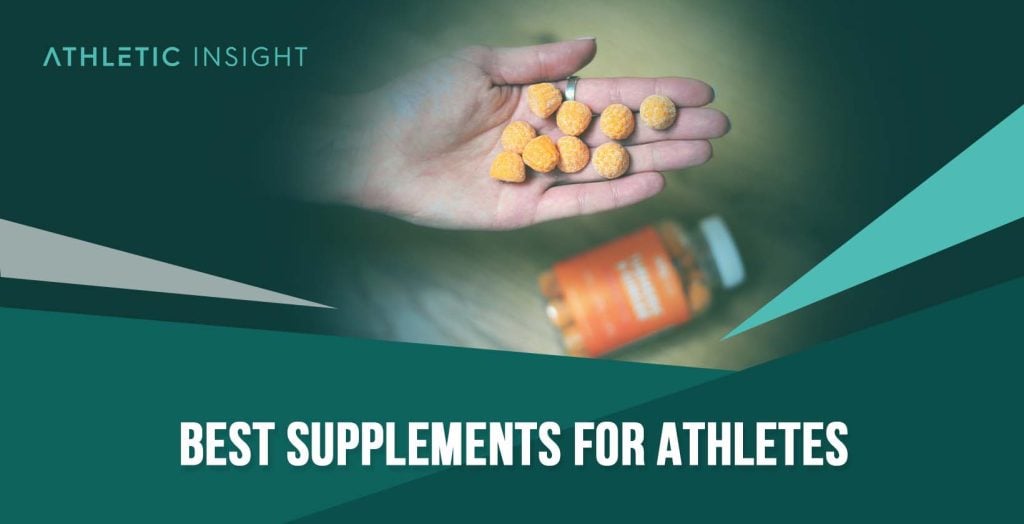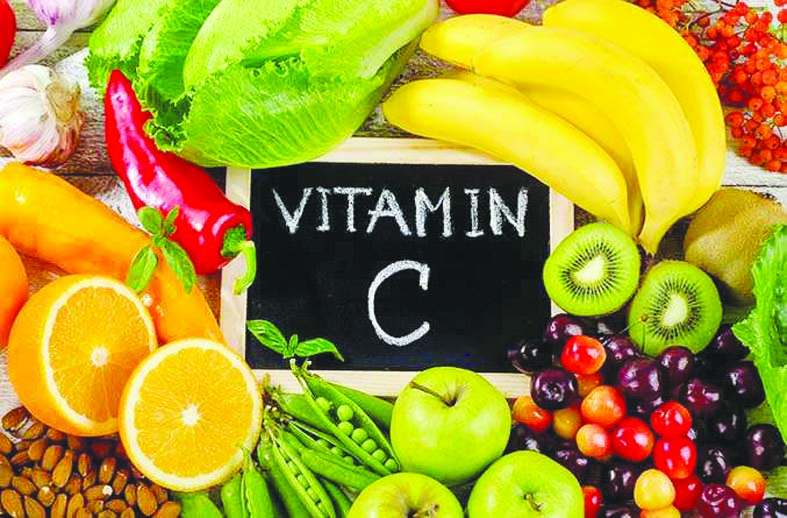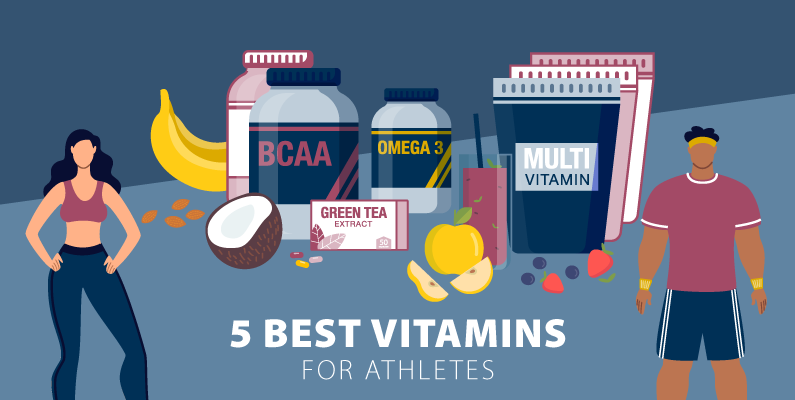
We wish to regard elite athletes as role models, and in many areas, they’re. They perform results that few people would equate to, and this implies that we could also be happy to assume that they also apply an optimal diet. However, both research and skill have shown with all the specified clarity that talent and a decent training regime can make an athlete reach the very best of divisions, despite obviously substandard dietary intake.
Not least in weight class sports and sports where a coffee weight is a bonus, the energy and nutrient intake tends to be under what should be optimal. At the same time, this suggests that there’s probably still an excellent deal of development potential within the Swedish sports community.
Vitamins and Minerals

The most common micronutrients that athletes seem to possess a coffee intake are calcium, magnesium, iron, zinc, and B vitamins.
Calcium is thought to be essential for both skeletal health and nerve functions. A prolonged low intake of calcium increases the chance of impaired skeletal metabolism, which successively can cause more stress fractures during the sports career and osteoporosis later in life.
Magnesium is involved during several processes that affect muscle function. Oxygen uptake, energy metabolism, and balance are a number of these. Magnesium losses through sweat and urine seem to extend with hard training. The magnesium requirement, therefore, appears to be 10-20 percent over in low-energy consumers.
A daily intake of less than 260 mg for athletes and 220 mg for ladies may end up during a state of magnesium deficiency. Even a marginal magnesium deficiency can impair performance and increase exercise-induced oxidative stress. The health effects of this generally include a weakened system.
Iron and deficiency disease are most typical in those who eat limited amounts of meat or completely exclude this food group from the diet. Iron deficiency isn’t considered to be more common among athletes than among the final public. Still, it is maybe noticeable to a greater extent in an exceedingly physically active person where oxygen uptake is to the best degree decisive for performance. Zinc is linked to, among other things, the system, which implies that an adequate intake is essential for athletes.
B vitamins are included within the metabolism of energy and are therefore also essential to possess an adequate intake. Experiments have manipulated B complex deficiency and resulted in significant performance impairments. Both VO 2max and power development are negatively stricken by water-soluble vitamin deficiency.
A new generation of sports

We cannot expect athletes to possess sound knowledge in diet and nutrition simply because they perform exceptionally well in their respective disciplines. The very fact that most high-performing athletes have their fitness trainer is taken without any consideration, and my opinion is that the identical should apply to the diet issue.
The dietary recommendations that exist already for elite athletes provide a decent basis for a performance-focused diet. As always, a diet plan must then be fine-tuned at the individual level to relinquish optimal results. The competence for this exists, but we should always ask ourselves whether it’s wont to a sufficient degree.
I believe that there’s a decent development potential among top Swedish athletes, both established and in their future, via adjusted energy and nutrient intakes. I also think that it’d be wise to develop individual diet regimens to increase performance and meet physiological needs within the long run. Using resources on the diet level, we will probably produce a new generation of athletes where both diet and exercise are optimized.
Vitamin A
salmon, milk, eggs, cabbage
Vitamin A is additionally called retinol. As its name suggests, it plays a vital role within the retina in adaptation to darkness and trichromacy. On the other hand, it plays a crucial role in the metabolism and synthesis of steroid hormones. It strengthens the system’s response, which is interesting knowing that intensive and regular physical activity can weaken and curtail the immunologic response. Cenforce 100 and Cenforce 200 are the best oral medication to treat ed.
Vitamin A is found in animal origin’s fatty products, like butter, organ meats, milk (mostly whole), fish liver oils, etc.
Vitamin A is found in animal origin’s fatty products, like butter, organ meats, milk (mostly whole), fish liver oils, etc.
Pro-vitamin A, or beta-carotene, for its part, is found in products of plant origin, like leafy vegetables (cabbage, spinach, etc.) and colored plants (orange). The more intense the color, the greater the concentration of beta-carotene.
Vitamin E
Vitamin E, or tocopherol, is an antioxidant, including essential fatty acids. It also can improve the metabolic process, an enormous advantage within the athlete’s case.
Vitamin E deficiency could accelerate muscle aging.
A fat-soluble vitamin, it’s found in impressive concentrations in vegetable oils and oleaginous fruits.
Vitamin D
Vitamin D is additionally called calciferol due to its close link with calcium metabolism but also phosphorus. Indeed, it plays a vital role within the calcium exchanges at the extent of the bone framework. Thus, it prevents osteoporosis and fractures. Also, in association with calcium, its contribution helps prevent muscle weakness and, therefore, regulate vital signs. Vidalista 20 and Kamagra Oral Jelly are the also best medicine for ed.
oily fish salmon
Vitamin D is found in adequate quantities in oily fish and egg yolks.
On the opposite hand, it’s also synthesized by the body from cholesterol because of UV rays. This can be why exposing the skin to radiation for 15 to half-hour, twice every week, would prevent cholecalciferol deficiency (however, many factors get to play like latitude, skin color, etc.).
Note that far more than cholecalciferol can cause a variety of inconveniences (anorexia, dehydration, weight loss, etc.).
Vitamin C
Vitamin C is found in fresh vegetables and fruits.
The famous vitamin C is additionally called an antioxidant. Its potent antioxidant power is essential within the context of physical activity. The latter gives it the ability to forestall certain cancers and, therefore, the aging of cells.
Its concentration is impressive in fresh fruits and vegetables.
Vitamin C supplementation is also considered within the context of the practice of particular sports which don’t allow the transport of fresh products, such as, for example, mountaineering or water sports.




